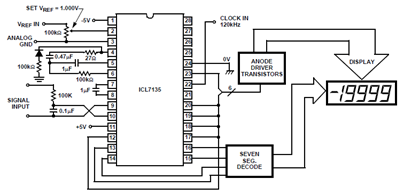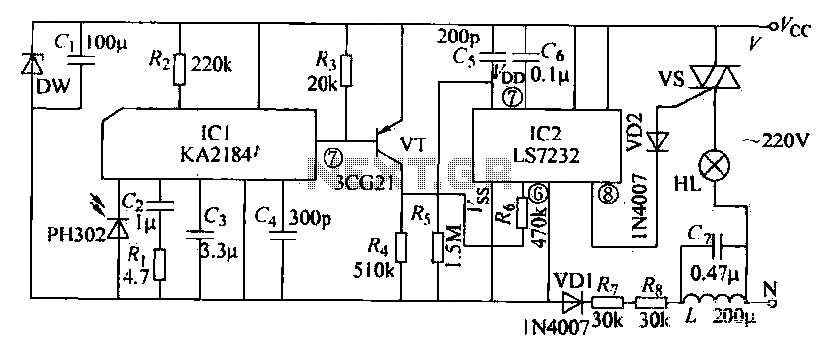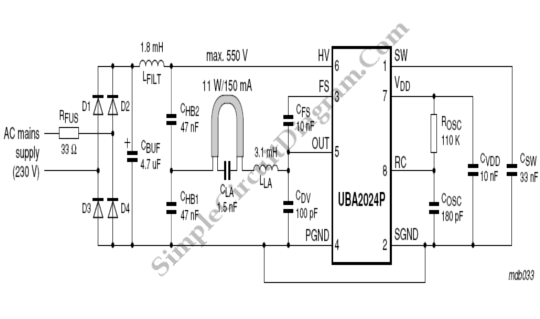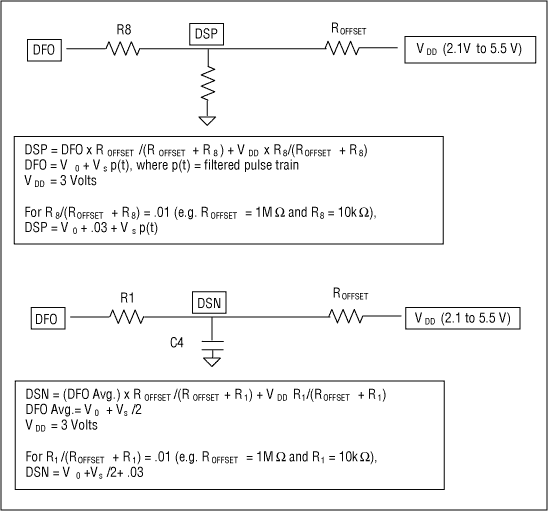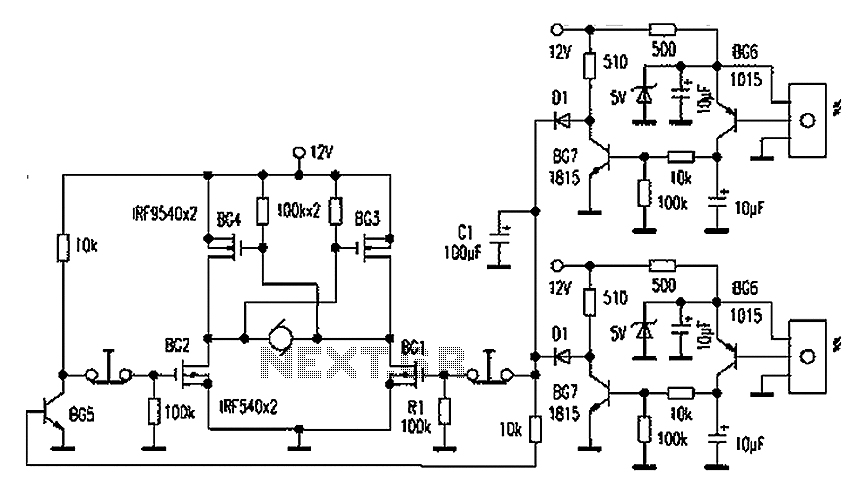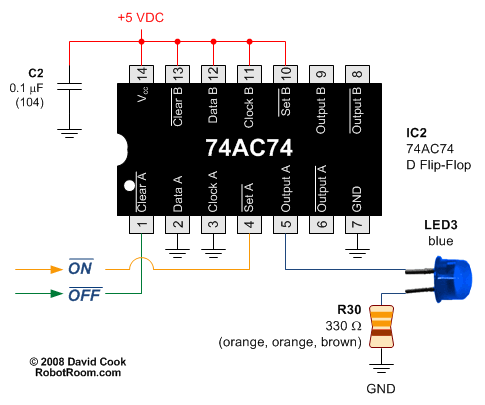
Control Single Chip Temperature Data Logger

A data logger is a device that records measurements over time. The measurements could be any physical variable like temperature, pressure, voltage, humidity, etc. This project describes how to build a mini logger that records surrounding temperature.
A data logger is an essential instrument utilized in various fields for monitoring and recording environmental parameters over specific intervals. The mini data logger described in this project focuses on capturing temperature data, which can be crucial for applications in climate studies, agriculture, and HVAC systems.
The circuit design for the mini data logger typically includes a microcontroller, a temperature sensor, an analog-to-digital converter (ADC), a memory module for data storage, and a power supply. The microcontroller serves as the central processing unit, coordinating the operation of the other components. Common choices for microcontrollers include the Arduino family or other low-power microcontrollers capable of handling the required input/output operations.
The temperature sensor, such as the LM35 or DS18B20, detects ambient temperature and converts it into an electrical signal. This signal is then processed by the ADC, which translates the analog voltage output of the temperature sensor into a digital value that the microcontroller can interpret. The data is then stored in a memory module, which could be an EEPROM or an SD card, depending on the required storage capacity and data retrieval needs.
For power supply, a battery or a USB power source can be used, ensuring that the logger operates efficiently over extended periods. Additionally, a real-time clock (RTC) module may be integrated to timestamp the recorded data, allowing for precise tracking of measurements over time.
The system can be programmed to log data at predetermined intervals, with the option to implement features such as data visualization or wireless data transmission, enabling remote monitoring. This mini data logger can be an invaluable tool for researchers and engineers looking to gather and analyze environmental data effectively.A data logger is a device that records measurements over time. The measurements could be any physical variable like temperature, pressure, voltage, humidity, etc. This project describes how to build a mini logger that records surrounding tem.. 🔗 External reference
A data logger is an essential instrument utilized in various fields for monitoring and recording environmental parameters over specific intervals. The mini data logger described in this project focuses on capturing temperature data, which can be crucial for applications in climate studies, agriculture, and HVAC systems.
The circuit design for the mini data logger typically includes a microcontroller, a temperature sensor, an analog-to-digital converter (ADC), a memory module for data storage, and a power supply. The microcontroller serves as the central processing unit, coordinating the operation of the other components. Common choices for microcontrollers include the Arduino family or other low-power microcontrollers capable of handling the required input/output operations.
The temperature sensor, such as the LM35 or DS18B20, detects ambient temperature and converts it into an electrical signal. This signal is then processed by the ADC, which translates the analog voltage output of the temperature sensor into a digital value that the microcontroller can interpret. The data is then stored in a memory module, which could be an EEPROM or an SD card, depending on the required storage capacity and data retrieval needs.
For power supply, a battery or a USB power source can be used, ensuring that the logger operates efficiently over extended periods. Additionally, a real-time clock (RTC) module may be integrated to timestamp the recorded data, allowing for precise tracking of measurements over time.
The system can be programmed to log data at predetermined intervals, with the option to implement features such as data visualization or wireless data transmission, enabling remote monitoring. This mini data logger can be an invaluable tool for researchers and engineers looking to gather and analyze environmental data effectively.A data logger is a device that records measurements over time. The measurements could be any physical variable like temperature, pressure, voltage, humidity, etc. This project describes how to build a mini logger that records surrounding tem.. 🔗 External reference
